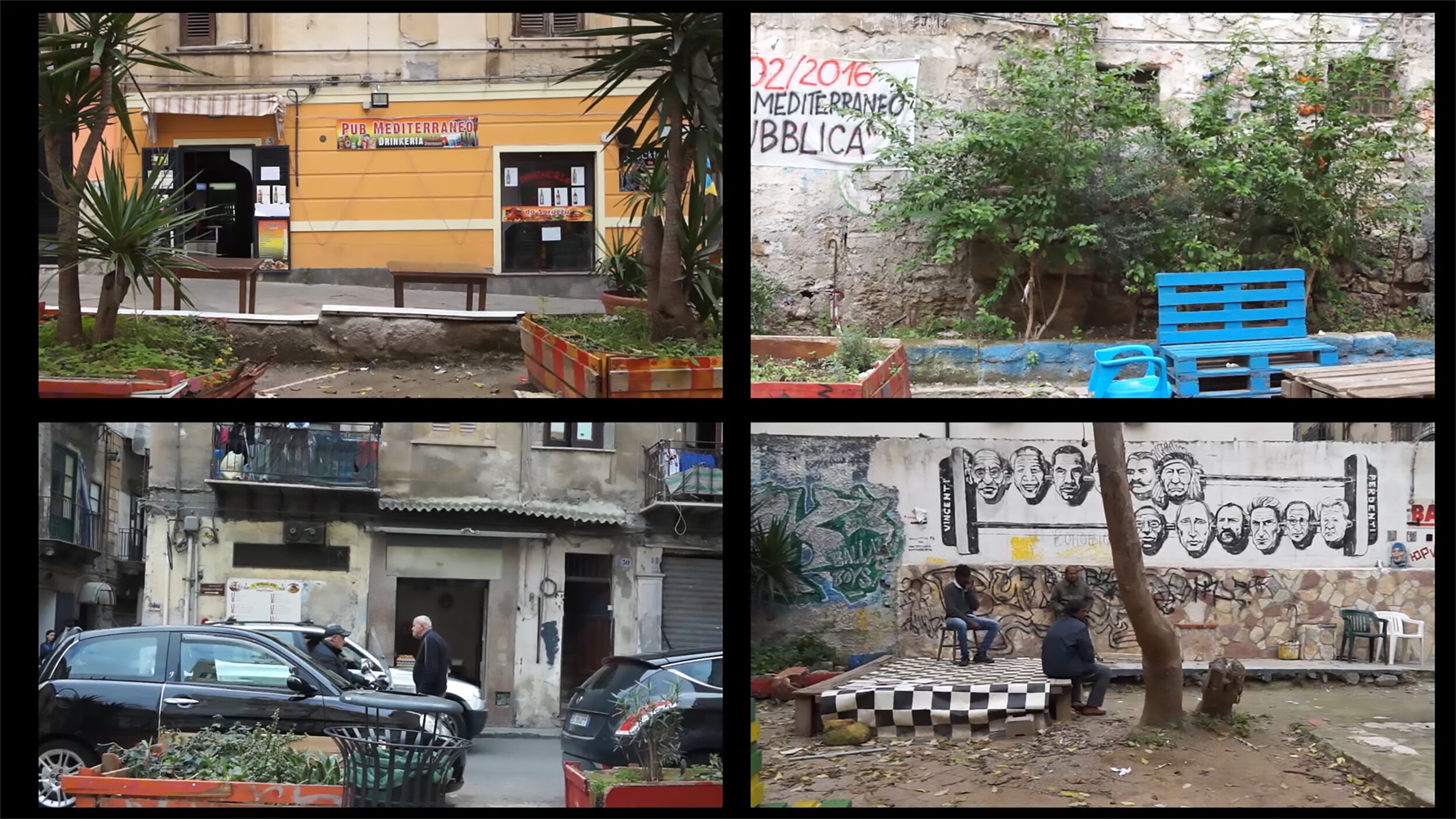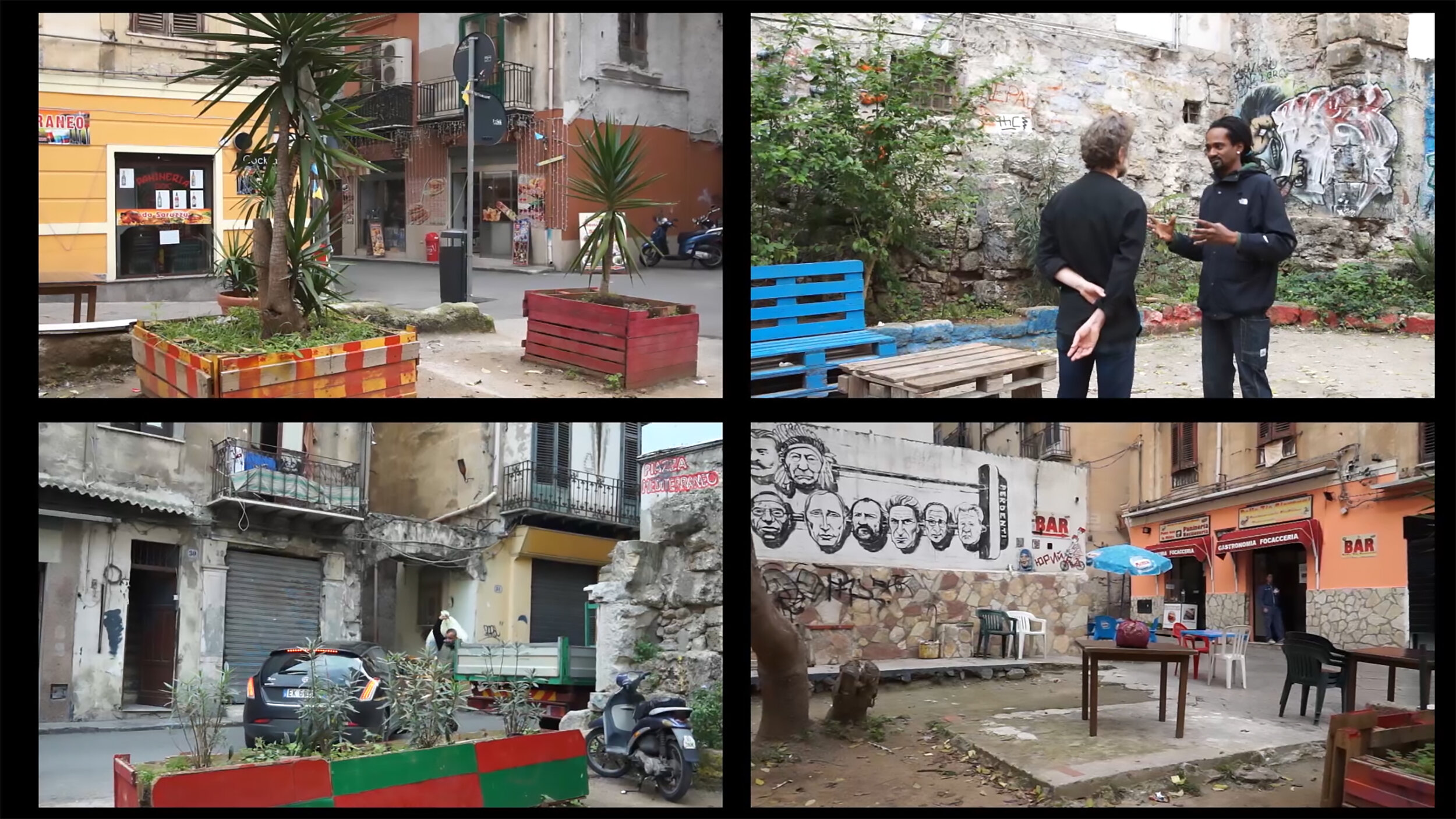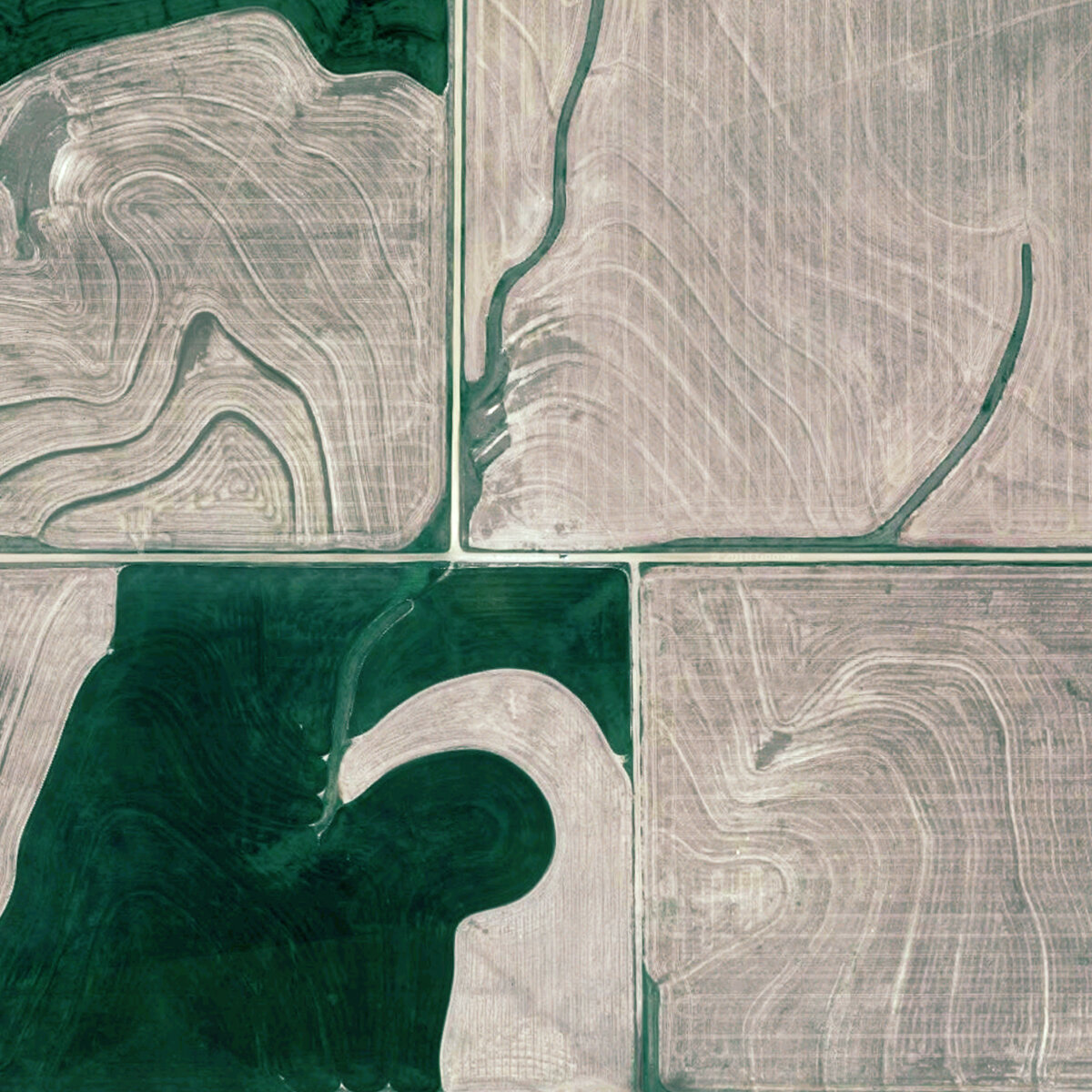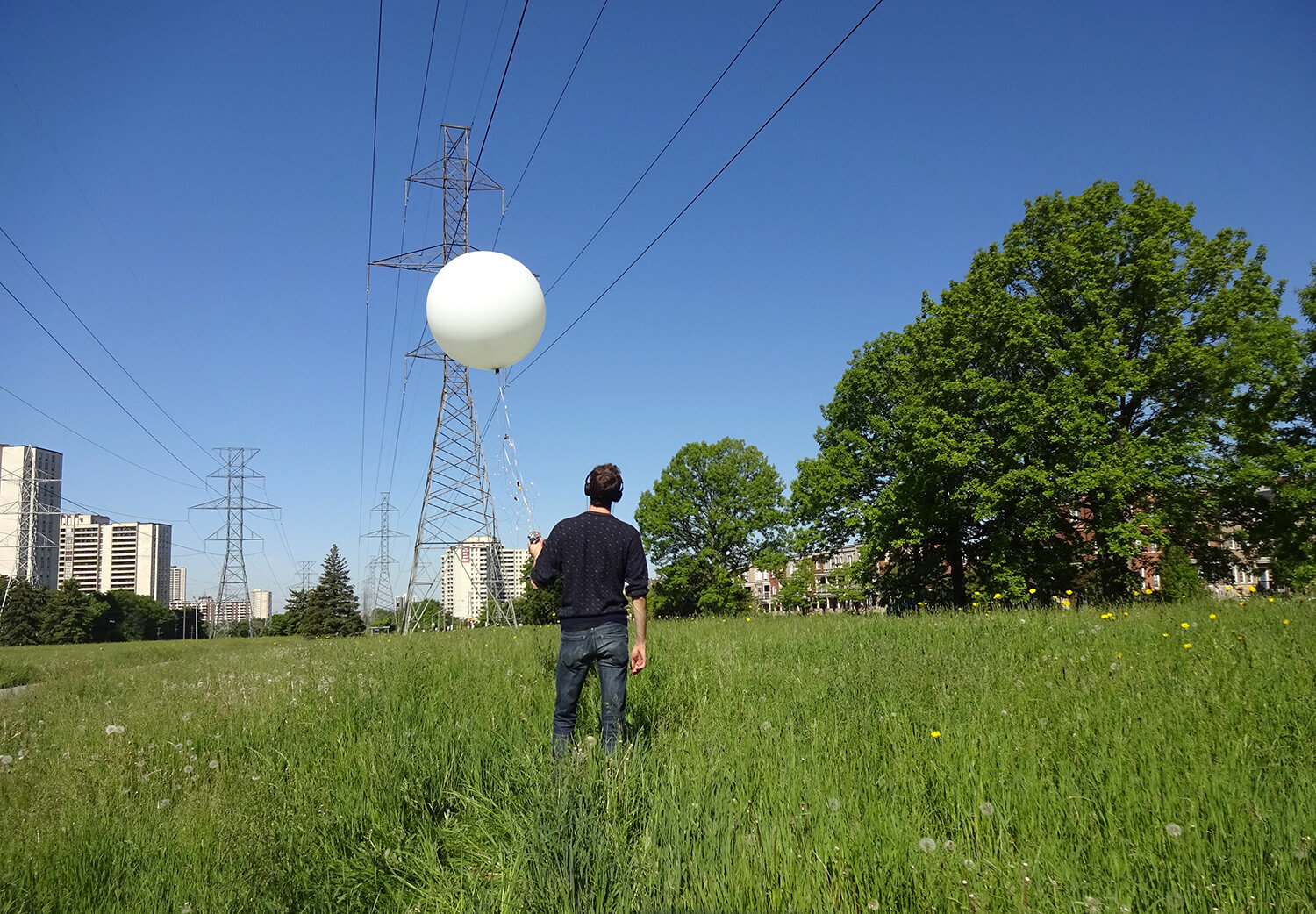The Blindspot

By Eric Cadzyn
We think we know what a blindspot is. It is what we cannot know, what we cannot see, what we cannot represent. From human anatomy to aesthetics, from philosophy to psychology to politics...the blindspot, we think, structures the visible, the thinkable, the feelable, the actable. But this is not what the blindspot is. The blindspot is not some transhistorical category with a singular function. It is, rather, nothing but the dominant ideology that defines it at any given time. And today, the dominant ideology of the blindspot—as that which is missing (from discourse to discourse)—is the deadliest weapon used by those in power.
The blindspot is wielded by our politicians. By our business executives. Our academics and our artists. They push it like drugs and swing it like a baton to the knees. They use it to justify the billionaires and to clear-cut the trees. They use it to make their case to go to war.
For our part, we whip our heads around to see the blindspot. We construct elaborate philosophical (and anti-philosophical) systems to think it. We build satellites and write one-word poems to capture it. Utopia. Revolution. The impossible. The unrepresentable. Death. We invent a million different names to signify the blindspot.
When we make sense of the blindspot in this way, however, we invariably colonize it with our desire to expose it. We are forensic junkies. We crawl around with our headlamps on. We uncover the blindspot like the good detectives we think we are. Terrified that we’re missing something, we end up reinforcing a way of knowing and a way of being that snuffs out alternative practices and theories of the blindspot.
What if the blindspot is not that which is missing? What if the blindspot is not a design flaw built into our eyeballs and bodies? What if it is not an ontological limit of perception or that place in our psyches where we cannot know ourselves? Even if we resist approaching the blindspot like a detective, we often end up approaching it like a priest, turning it into something sacred, something never to be revealed. We light incense for it. We leave doors ajar, rooms empty, and speak in hushed tones around it. Mystifying the blindspot it is no less colonizing than its exposure.
And now we are left with a question: If to expose and to conceal the blindspot are equally debilitating, equally reactionary, then where does this leave us regarding the blindspot at our current historical moment?
The dominant discourse of the blindspot today makes us docile and weak political subjects. It drives us crazy. Literally. It reproduces what is and squeezes dry what can become. But it is also something that never remains still, both the blindspot and the concept of the blindspot. And, therefore, it is also something that can become something else, that can decolonize, that can make room for its own radical potential.
To experiment with this potential, I conceptualized and built a Blindspot Machine that instead of exposing blindspots (the violent desire of state surveillance), produces them. The Blindspot Machine is composed of four video cameras, each pointing in a different ninety-degree direction, mounted on an automated head that rotates at a set speed. One full rotation takes about twelve minutes. In the space and time between the machine’s four views, blindspots emerge. Laid out in quadrants, the footage of all four cameras makes an incomplete panorama.
I have some control over these moving slices of missing time-space. I can set the speed of the head’s rotation to go slower or faster, or I can choose wider or longer lenses in order to influence the quality of the blindspots. Whereas surveillance desires to make everything visible, the Blindspot Machine desires to make room for something else to come into being; namely, the very way we understand and experience a blindspot in the first place.
“To produce the blindspot,” therefore, is not to expose that which constitutes the time and space of what is missing in representation, but to produce another concept of the blindspot altogether—one that is not organized around exposure or concealment, or the forensic hysteria that dominates so much of our popular culture today (cop shows, lawyer shows, doctor shows), and that also insinuates itself into our universities to inform how we teach, learn, and research.
Producing the blindspot involves first unlearning the dominant discourses of the blindspot within capitalism (exposure, concealment, forensics) and their attendant practices (capture, measurement, occupation, technological fix). It involves learning a different discourse of the blindspot, one that could enable a different world system.
We are desperate to reveal the single truth, to find the silver archival bullet, to prove our points with all of the admissible evidence, and in so doing we snuff out other visual and intellectual modes—ones that promise to be more politically radical today, if not more personally and ecologically nourishing.
Alternative modes that the Blindspot Machine flashes for us in its minimally psychedelic way.
Stills from Blindspot Variation VI, created using the Blindspot Machine. Reclaimed activist space near the Ballaro Street Market in Palermo, Italy, 2017
All images courtesy of the author
Bio
Eric Cazdyn is Distinguished Professor of Aesthetics and Politics at the University of Toronto, where he teaches courses on critical and cultural theory, film and video, utopia, and Japan. The author of several books, Cazdyn is also a filmmaker whose most recent work is a long-term, multifaceted project called The Blindspot Variations, for which he has built a unique rig that is intended to make blindspots rather than to expose them.









